
A grow light is a type of artificial lighting that is specifically designed to support plant growth, while an LED light is a general term for a type of lighting that uses light-emitting diodes (LEDs) as the light source. So, all grow lights are a type of LED light, but not all LED lights are grow lights.
The main difference between a grow light and a general LED light is the spectrum of light they produce. Grow lights are designed to emit specific wavelengths of light that are most beneficial for plant growth, such as blue and red light. They often have a higher proportion of these wavelengths compared to other types of light. On the other hand, general LED lights can have a wide range of spectra depending on their intended use, such as warm or cool white light for general illumination.
In addition to the spectrum of light, grow lights may also have other features that are specifically tailored for plant growth, such as adjustable color temperature, adjustable intensity, and programmable timers. These features are less common in general LED lights, which are more commonly used for general lighting purposes.
Here are the key differences between a grow light and an LED light:
A grow light is designed to emit a spectrum of light that is suitable for plant growth and development. It typically includes specific wavelengths of blue and red light, which are crucial for different stages of plant growth. LED lights, on the other hand, can come in various spectrums, including full spectrum options that cover a wider range of colors, or specific spectrums tailored for different purposes (e.g., white light for general illumination).
FECiDA grow light provide ideal sun-like light spectrum.It includes White, Blue, Red, IR and UV (3000K, 5000K, 660nm, IR 760nm and UV 395nm) LEDs. 3000K diodes providing more reddish light and the 5000K providing more blueish. The 660nm red and IR light is especially useful during bloom, where it speeds up flowering time and boost yields. The 395nm UV light can make your plants health. And the light looks fairly natural sunlight.
LED grow lights are engineered to deliver high light intensity specifically for plant growth. They are designed to provide the necessary light levels required for photosynthesis and can be optimized for different stages of plant growth, such as vegetative growth or flowering. In contrast, regular LED lights used for general lighting are typically designed to provide adequate illumination for human activities.
FECiDA CR600 600W grow light full spectrum uses 584pcs high quality LEDs, high Energy Efficiency with 2.2 μmol/J. 600w plant growing light much more powerful than other small grow light and only consumes 65 watt home electricity at 100% brightness.
LED grow lights are often designed with features specifically for indoor gardening, such as adjustable spectrums, programmable timers, and cooling systems to manage heat generated by the lights. They may also have specific form factors, like panel or bar designs, to provide even coverage to plants. Regular LED lights, on the other hand, are designed for general lighting purposes and may have different form factors, such as bulbs, tubes, or fixtures, to suit various illumination needs.
FECiDA Cruiser Series grow light have stepless dimmable design & daisy chain function, and quiet built-in fan & well made.
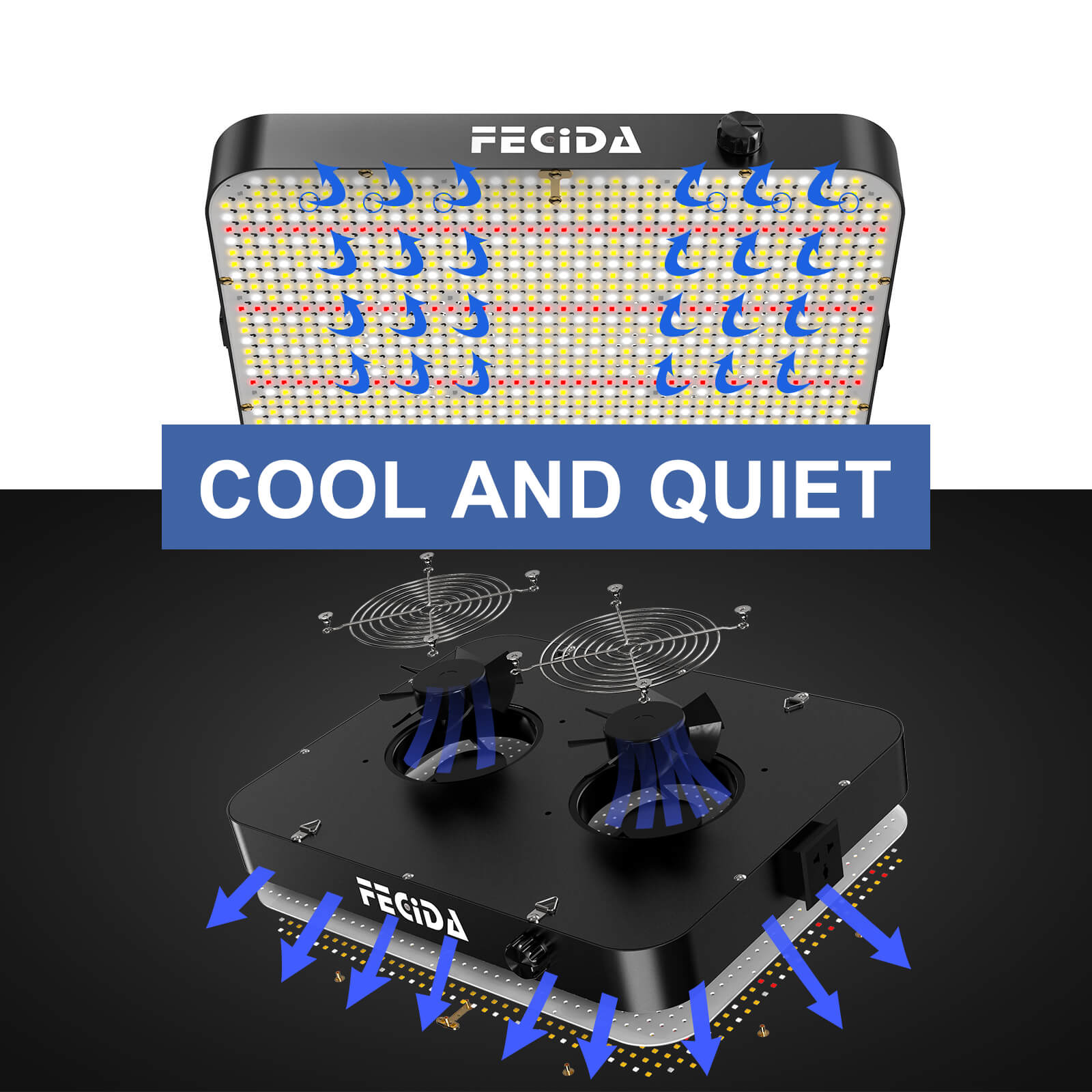
It’s important to note that while regular LED lights can provide some level of lighting for plants, they may not deliver the specific spectrum and intensity required for optimal plant growth. LED grow lights are specifically engineered to address the unique lighting needs of plants during different growth stages and are the preferred choice for indoor gardening applications.

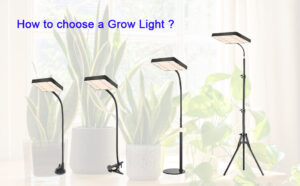
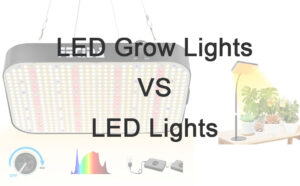
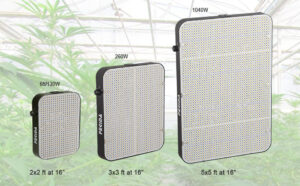
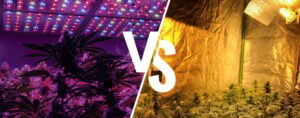
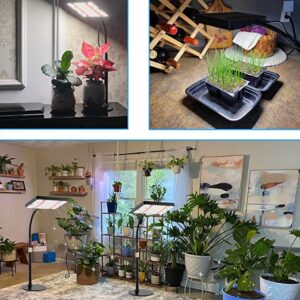
When you place an order in Check Out page, select “Create an account“, system will automatically create an account for you and send the account info to your Email Address.
